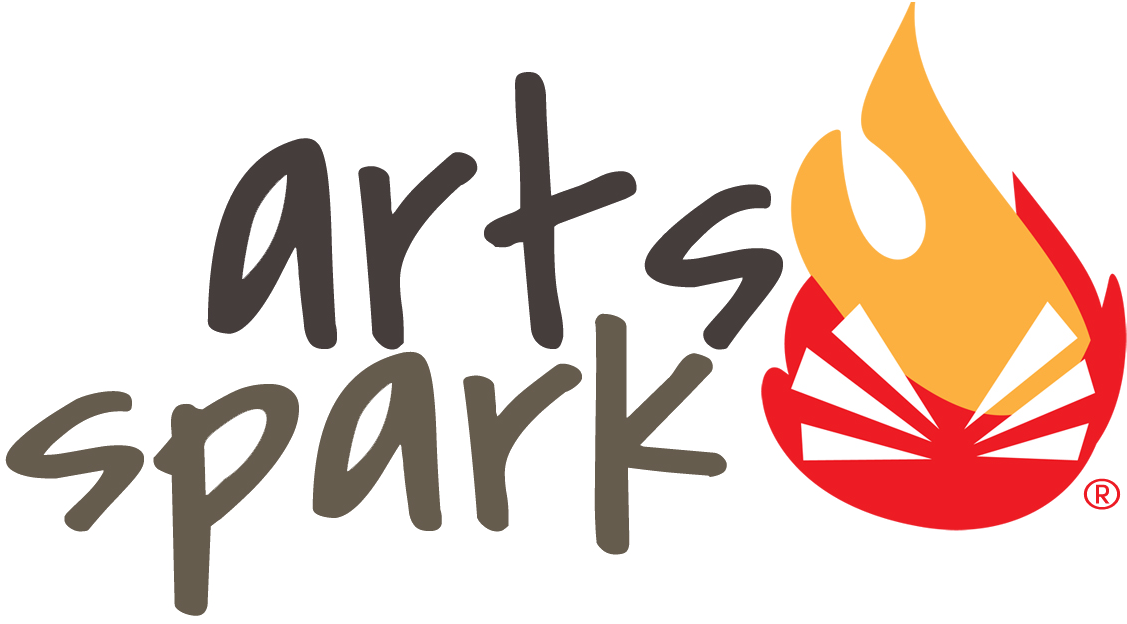A photography portfolio could take on a couple of forms. For example it could be composed of your best work, or it could be composed of images that form a series with a unified theme. When choosing between your best work or collection of work that has a unified theme or message it is important to first understand what your portfolio audience is looking for. A full-time job may be looking for a variety of skills while an exhibition may be looking for images that will fit a specific gallery setting. So it is important to keep in mind what your audience is seeking when creating a portfolio. You can also consider the following things during your portfolio building.
Consider the Feeling You Wish to Evoke
Include specific images that you feel will really stand out as something unique and desirable. By including photographs that you feel will create a certain effect on the audience you are more likely to get the response that you want from them, and make them really understand your work.
Decide Between Paper or Digital
Some photographers argue that an expertly printed image on nice paper will always outweigh anything viewed on a digital screen. By printing your images and composing them into a physical portfolio you can show your ability to both photograph and print. However, a digital photography portfolio is extremely convenient because you are able to send a link which can be viewed at any time and does not have to be returned to you. Portfolio websites are very up and coming so it is also important to take this into consideration. If you wish to create a portfolio website check out what we have to offer by clicking this link: Create Your Own Space.
Explore Ideas Start to Finish
As a photographer you can have multiple portfolios that serve multiple purposes. This means that finishing a project or portfolio is just as important as stating a new one. you should have a variety of portfolios that fully showcase the different types of work you can do.
Choose the Right Theme
If submitting you portfolio, make sure that the theme or message of the images you select matches the theme expressed in the job ad or call for photographers. For example, if you are submitting your portfolio for review for a wildlife gallery you should include your best wildlife photographs, rather than your best overall photographs, keep things relevant. If you want to mix things up and add something unique make sure that you have a valid reason for why it is included.
Select the Right images
If you are having difficulties choosing images to put in your portfolio try to start with 100 images and slowly narrow down until you reach 20 or 30 images. Images that are slightly out of focus, have bad lighting, strange colors, or don’t fit the theme, should be left out. It is better to have 15 great images than 30 decent images.
Set Up and Organize Your Images Carefully
When it comes to how you wish to display and organize your images it is all up to you. Unless specified in the job ad or call for photographer, there is no standard for how to display or organize your portfolio. However, it is important to choose an appropriate background color that compliments your images. Your images can be printed in any size or shape but having a constant paper size will add a nice sense of uniformity to your portfolio that will make it easier to view. Remember to title your images in a way that will capture their essence and help display the message you hope the audience receives. To help with this message you can also create a specific order of the images that you feel will really push the desired feel or tell a story from front to back. You should always start with one of your best and end with one of your best so you make a great first impression and leave with one as well. The back of the portfolio is not meant for your “worst” or least favorite images of the series.
Do Not Add to a Completed Portfolio
Once you have finished creating a portfolio do not add to it. Additions to completed portfolios will disrupt the continuity of thought and can cause a noticeable image style change they may become distracting.
Other Important Considerations
Just like a writing sample, proposal or other introductory material, a printed portfolio needs to include the following elements.
Artist statement
A brief artist statement will let the audience of your portfolio know who you are and get an idea of your experience and motivation for the creation of a specific portfolio. For an online portfolio, this can be on your Bio or About page.
Title list
A title list will serve as an index to your project and will help the audience when they wish to go back into the portfolio to look at a certain piece. Rather than having to flip through every images again the can attempt to directly go to where the specific title they are searching for is located. For an online portfolio, this can be on your gallery page.
Cover image
You cover image will be on the front of the portfolio so make sure that it encompasses what your portfolios theme or message is.
Nice case or folder
If you do not create an online portfolio make sure that you organize your printed images in a nice case or folder so they are protected and will not fall out.
Conclusion
Your portfolio should stand as a mark in time of your artistic ability. It should showcase what you know and what you have to offer. It should also help with your sense of direction in your future photographic endeavors and be inspiration to improve and grow as a photographer.
Sources:
https://luminous-landscape.com/how-to-create-a-portfolio-of-your-work/
http://www.popphoto.com/how-to/2013/03/tips-pro-build-better-photography-portfolio
